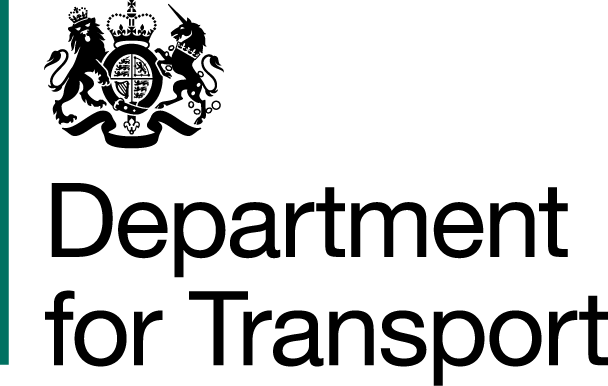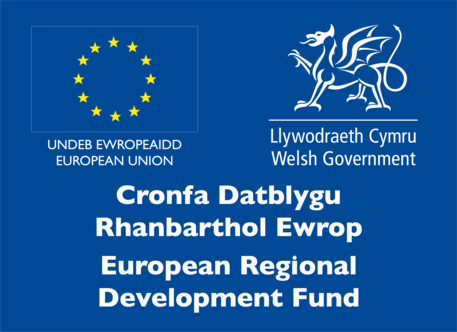Species Assessments
Introduction
Undertaking ecological assessments is key to understanding the wildlife value of our sites and the ways in which we can mitigate, protect and enhance biodiversity across the Core Valley Lines (CVL) transformation.
Well-being goals

Ways of working


Our network
Much of the railway runs through important habitat for bat species, such as rivers and woodland. Many of these routes also provide important linear commuting features for bats. All British bat species eat insects and provide an important ecosystem service through controlling insect populations. They are also protected by law. It is important our ecologists monitor bat activity at sites where bats may be impacted, particularly where there are important roosts nearby. This includes assessing buildings and trees for their potential to support bat roosts, undertaking bat activity surveys, and recording bat activity for days at a time using static bat detectors.
With the information gathered from these surveys we can understand which species are present and how they are using the site. Our ecologists can then recommend ways to reduce impacts on bats, such as ensuring any important commuting and/or foraging routes remain unaffected and lighting is avoided or sensitively designed. The design process considers where bat roosts are present, and consultation is undertaken with the statutory authority.
Protection
Protecting Sites of Importance for Nature Conservation (SINCs) Our ecological desk-based assessments ensure that direct and indirect impacts are avoided on both protected sites and Section 7 Habitats of Principal importance. Vegetation clearance will be minimised through design, pollution control measures will be put in place, and, where trees must be removed, they will be replaced with a native species on a oneto-one basis as a minimum.
Other Protected Species
As part of the ecological surveys throughout the CVL, we are also surveying for other protected species including badgers, otters, reptiles, and dormice. Dormouse nest tubes are readily adopted as nest sites by dormice, providing an easy way of detecting their presence.
We have a responsibility to enhance our sites where possible. For bats, this can include the enhancement of habitats and the installation of bat boxes in suitable mature trees within the site.
Huw Davies
Principal Environmentalist



